Brands triumphed during the lockdown era. But as restrictions come to an end, inflation soars and the supply chain crisis worsens, own label looks ready to stage a comeback
This feature is part of our Britain’s Biggest Brands special, which also includes the top 100 brands, who’s up and who’s down and the contenders
In the Covid-hit year of 2020, UK grocery brands punched well above their weight. The top 100 added a collective £2.06bn, and 47 walked away with double-digit growth as shoppers favoured names they knew and trusted.
As restrictions eased in 2021, however, the supermarket heavyweights’ performance has looked rather lightweight by comparison. Now a punch-up with a revived own label looks imminent, as the mults wager on Brits tightening their purse strings.
It’s a brawl that has been brewing since the government’s so-called ‘freedom day’ on 19 July 2021, which marked a major deceleration in the collective growth of the top 100 brands. Although they have collectively added £162.9m in the past year, that represents just 0.6% growth – and a meagre 8% of the £2bn-plus they managed in 2020. Fewer than half (46) of the leading brands achieved growth. Just 20 are up by double digits – and none of these are in the top 10.
So, will this result in a return to the pre-pandemic baseline for Britain’s biggest grocery brands? And given the ever-growing sense of doom across the global supply chain, how long before they face a fight to avoid greater decline?
On the one hand, the slowdown in branded grocery growth last year reflects Britain’s more diverse spending habits post-lockdown. In May alone, data from Barclaycard showed Brits spent 8.5% more on fashion, 17.8% extra on health & beauty and 25.5% more on booking long-awaited holidays. Restaurant bookings in the third week of May, meanwhile, were 32% higher than they were in the same period in 2019. In short, supermarkets no longer had a monopoly on Britain’s wallets.
Last year also brought specific challenges for brands. Ongoing struggles across the supply chain were one. Of the 10 leading brands alone, Nestlé (–3.1%), Heinz (–8.1%) and Kellogg’s (–2.8%) have all referenced the availability challenges caused by shortages, production bottlenecks and transport delays. Then there was PepsiCo, which suffered poor availability due to internal IT issues – dampening the performance of its Walkers (+2.2%) and Quaker (–3.6%) brands.
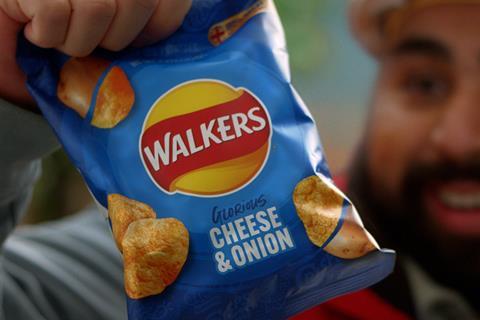
“Over the last 24 months, we have seen significant challenges in maintaining availability across the grocery sector,” says Ray MacSweeney, associate partner at EY-Parthenon Strategy.
And the big names had it easier than most. “Scale has been a significant advantage for brands,” MacSweeney adds. “With their buying power, they could secure input materials. Since they largely own their own manufacturing capacity, additional production has been at significantly lower cost. And with global supply networks, brands have had much more flexibility in creating resilient supply chains.”
This may go some way to explaining the discrepancy in performance between the top and bottom halves of this year’s ranking. More than half (26%) of the largest 50 brands achieved an uptick in value sales in 2021, versus only 19% of the 50 smallest.
Read more:
-
Brands vs own label: UK grocery is limbering up for a big prize fight
-
Powerhouses of caffeinated soft drinks rake in extra £255.6m
-
Britain’s Biggest Brands 2022: the contenders
-
Britain’s Biggest Brands 2022: who’s up and who’s down?
Brands of all sizes largely resolved these availability issues quickly, says Linda Ellett, UK head of consumer markets, leisure & retail at KPMG. “Brands recognised early on a lost customer could take a long time to return, and worked hard to ensure they retained – or gained – market share through both supply chain resiliency and marketing.” That included amending sourcing locations and manufacturing sites to “improve operations and reduce complexity”.
But even if availability issues were short-term, they still had the power to erode consumer loyalty – and push some customers into the arms of rivals or own-label alternatives.
Brand power
That pressure was only compounded by the rebound from the pandemic. When in-store restrictions were at their highest in 2020, shoppers veered towards big names for familiarity and reassurance.
“Since brands are often rich in history, consumers often associate happy memories with their favourite products,” says Jim Shearer, marketing director at Birds Eye UK. “This ownable brand equity is invaluable and something own-label goods find it hard to offer.”
But in the second half of 2021, that same brand equity had far less pull. As a result, the full year saw a marked swing back to the pre-pandemic dynamic between brands and own label, with own label’s volume share up 0.8% to 61.3% [NielsenIQ].
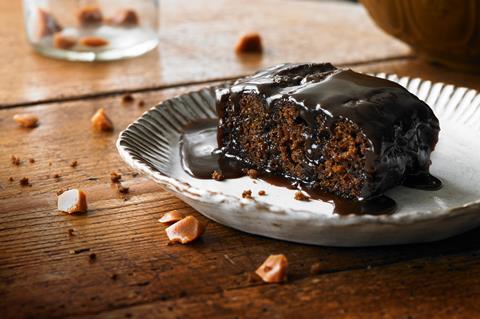
There were exceptions to this rule. Charlie Bigham’s, for instance, added £36.4m (31.1%) – an improvement on the impressive 27.5% value growth in 2020. That’s despite the clear competition from private label within chilled ready meals. CEO Patrick Cairns puts that down to retaining new customers. “During the pandemic, Charlie Bigham’s saw over 400k new households buying our meals,” he says.
“Our relentless focus on fresh ingredients, prepared with care, means that many of those new households have stayed with the brand, giving themselves a welcome night off from cooking,” Cairns adds.
But for the majority of brands, beating 2020’s record performance was out of the question. The situation only looks to get tougher, too. “In times of uncertainty people tend to gravitate more toward brands,” says Gary Connors, partner at Oliver Wight. “All else being equal, it should swing back the other way.” The more worrying problem is this: “All else is not equal.”
“We may be coming out of the pandemic but we’re going into even more uncertain times,” he says. “Whether people will gravitate back toward or away from brands may become irrelevant because they may not have a choice, they may take what’s available.”
Consumer uncertainty
Even if the situation doesn’t reach that level, uncertainty for UK consumers – and the brands in their shopping trolleys – is far from over. Consumer confidence dipped sharply at the start of 2022, according to YouGov, with rising energy bills, greater job insecurity and forecast inflation all contributing factors.
That’s before taking into account the conflict in Ukraine. The Black Sea region exports about 12% of the world’s calories, with the cost of wheat, corn and vegetable oil already rising, along with further pressure on energy prices.
Britain’s Biggest Brands 2022: the top 100
“Energy bills could rise by close to 50% in April,” warns MacSweeney. “Combined with higher oil prices and companies passing on rising input costs, this could see Consumer Price Index inflation reach just over 7% in April – the highest level since 1992 and far outpacing pay growth.”
Less than a year out of lockdown, then, it’s out of the frying pan and into the fire for UK households. This could have the reverse effect of the pandemic. While Covid-19 pushed up branded performance significantly, this next phase of significant uncertainty looks far more likely to make value top priority.
By the end of 2021, EY-Parthenon’s own Future Consumer Index Survey showed 41% of consumers had already reduced spending on non-essentials, and 55% had started to view price as a more important part of purchasing decisions.
If shoppers start to place value and affordability above all else, private label has a clear advantage over brands. In the UK, more than half of consumers say buying own label makes them feel like a “savvy shopper”, according to a 2021 study by Mintel. It’s an attitude that rises among the highest earners and those describing their financial situation as “healthy”.
It’s why, looking ahead to 2022, “own label remains in a strong position” believes Simon Latham, senior manager for retail at 4C Associates.
“Many consumers have a fixed weekly disposable income and this will be further squeezed with continued shelf edge inflation, increasing NI payments, slowly rising borrowing costs and rising living costs such as fuel and energy.”
“Consumers are being squeezed on multiple fronts. Brands may have to be sacrificed from the basket”
Ellett adds: “Consumers are being squeezed on multiple fronts. Inevitably this will lead some to become increasingly price-conscious, and brands may have to be sacrificed from the basket.”
She does point out, though, that the pandemic left many UK households with healthier savings pots going into 2022 – a factor that may influence the extent to which they cut back. “A key question is whether this group will sit on these savings entirely and cut their day to day spending elsewhere, or whether savings will be used to offset higher costs and maintain brand buying.”
Passing on costs
Another factor is exactly how much brands – and own label – choose to pass on cost increases to their consumers. Some companies could buy time thanks to pandemic stockpiling, predicts MacSweeney.
“Over-ordering by some manufacturers and retailers during the pandemic to safeguard against shortages could turn into a glut of inventories as spending patterns return to normal, putting downward pressure on prices,” he suggests.
In the longer term, however, they’ll have no option but to pass on costs. Many have already made the choice to do so. Sixty-three of the top 100 brands saw average price increases in the past year, and 12 brands by 5% or more.
Yes, these figures partly reflect changes to pack sizes and formats as well as an overarching trend of premiumisation in some categories. But there’s no escaping the fact that it also reflects a limit to what brands can absorb when it comes to cost.
That’s true even for the biggest names in the business. Speaking in late 2021, Nestlé CFO Francois-Xavier Roger said the supplier had a ‘pragmatic’ strategy to offsetting cost increases, passing them straight on to the consumer. Many fmcg giants have issued profit warnings due to the pressures (see box, below).
“It’s a false assumption that higher prices lead consumers to ‘trade down’ across the board”
“From what we’ve heard, it sounds like most brands plan to pass through at least some price increases rather than taking the margin hit,” says Katie Thomas, lead of the Kearney Consumer Institute.
However, “it isn’t a foregone conclusion that this’ll mean a major win for private label, she argues. “It’s a false assumption that higher prices lead consumers to ‘trade down’ across the board,” she explains. “They will likely make trade-offs when it comes to certain products, but not all. For example, food tends to be more resilient to price hikes, while household products and health and wellness items are more affected.”
Ellett sums up: “The brands that get the balance right between promoted and non-promoted prices, while managing to keep average price increases within the category price inflation, will stand the best chance at continuing to see growth.”
Not that growth will match the heights of 2020 for the vast majority. But if Britain’s biggest brands are to stem losses to own label over the next 12 months, they’ll need to think carefully about what shoppers see as a price worth paying for the familiarity and comfort of their favourite brands.
How a wave of profit warnings hit fmcg
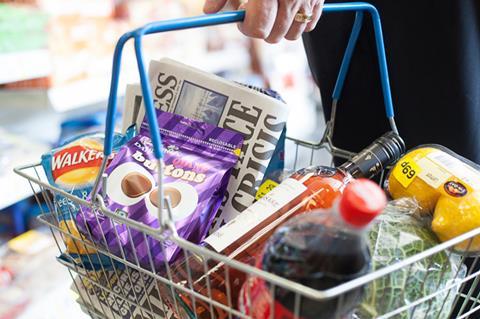
A lifting of Covid restrictions in the UK did little to assuage the challenges around ongoing supply chain disruption, staffing shortages and inflation facing Britain’s grocery brands over the past year. In fact, recent months have been littered with warnings of the potential impact to the cost of groceries – and to the bottom line of brands.
According to a report by EY-Parthenon, retailers and food and drink suppliers accounted for a third of all profit warnings issued by UK listed companies in 2021.
Though the total 203 warnings represent a steep climbdown from the record-breaking 583 of 2020, it reflects the hefty pressures facing the industry.
Far from being confined to particular categories either, these profit warnings have run the gamut of grocery.
In July, personal care supplier Reckitt – which owns the likes of Dettol and Durex – said it would be forced to hike prices in order to mitigate the impact of rising raw material costs.
CEO Laxman Narasimhan warned the business was facing “some of the highest inflation we have seen in a short period of time”.
In November, McColl’s Retail Group also warned investors its profits would be much lower than the £7m it had previously predicted, owing to shortages of delivery drivers, warehouse workers, and key products on high-margin lines, such as crisps and alcohol.
In February, Nestlé proved even the world’s largest food and drink company wasn’t immune to the challenges, warning that its profitability could decline again this year amid rising supply chain costs.
“There’s almost no place in the company that’s exempt from inflation now,” said global CEO Mark Schneider.
Most recently, mixer maker Fever-Tree earlier this month confirmed it had taken the “precautionary’ step of cutting its guidance on earnings as a result of the “seismic global shock” caused by the conflict in Ukraine and its impact on commodity costs.
The great grocery punch-up: Britain’s Biggest Brands 2022
- 1
 Currently reading
Currently readingThe great grocery punch-up: Britain’s Biggest Brands 2022
- 2
- 3
- 4
- 5
- 6







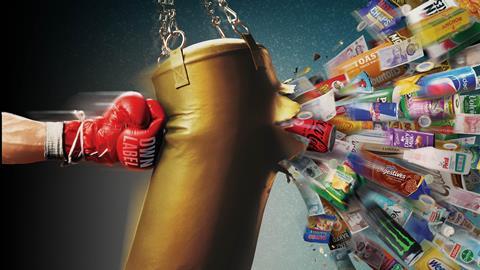





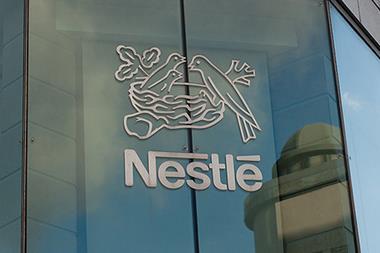
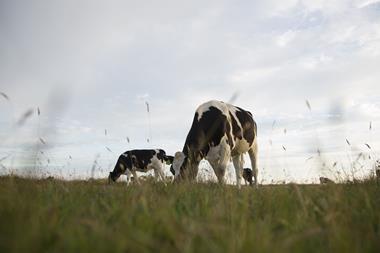



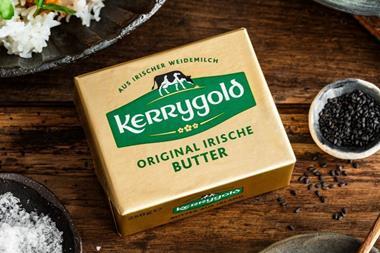



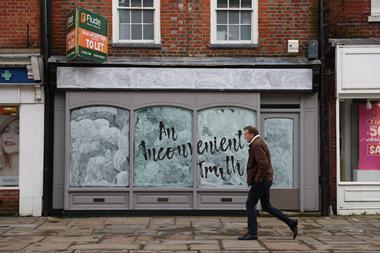
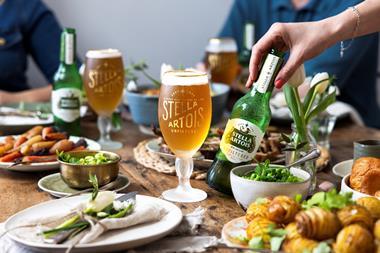

No comments yet